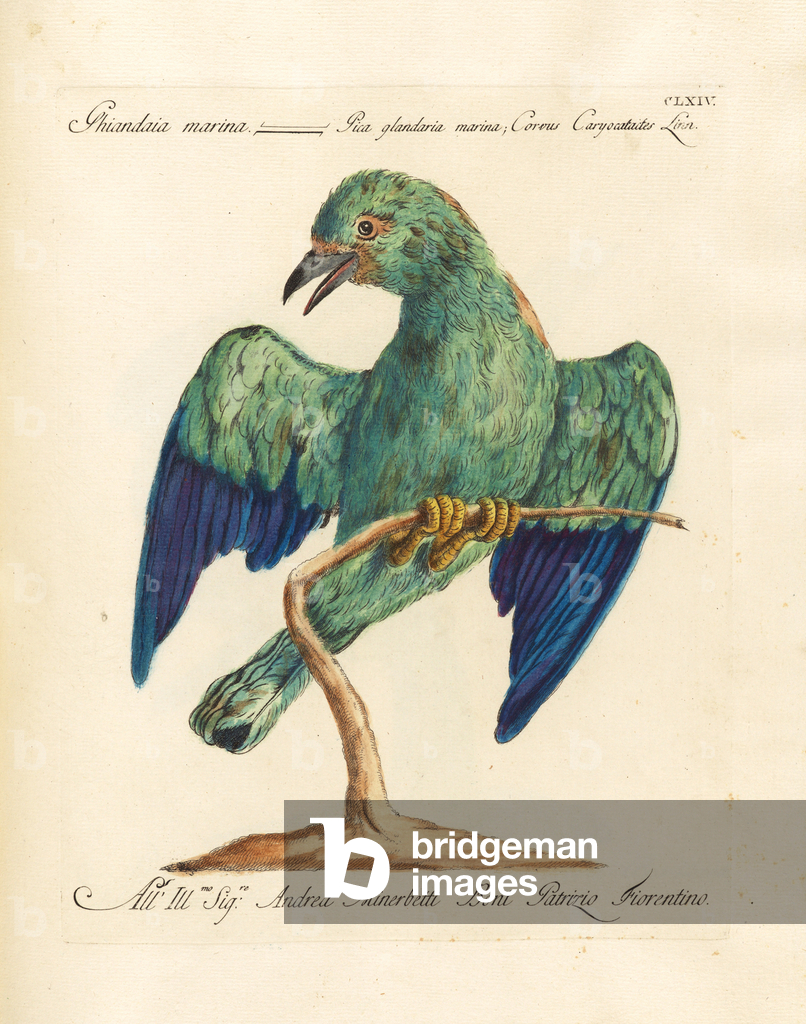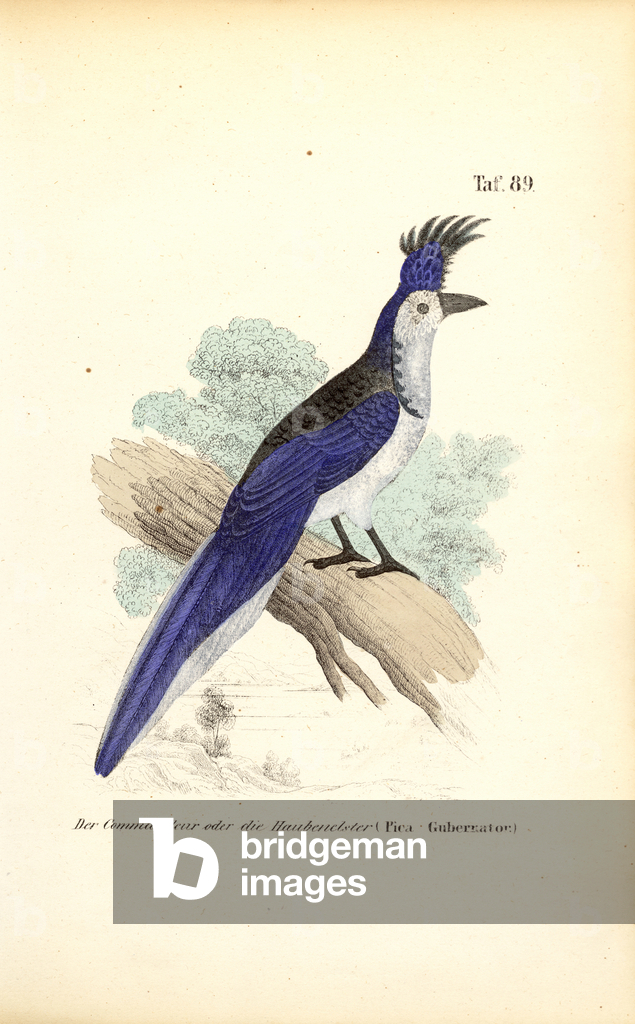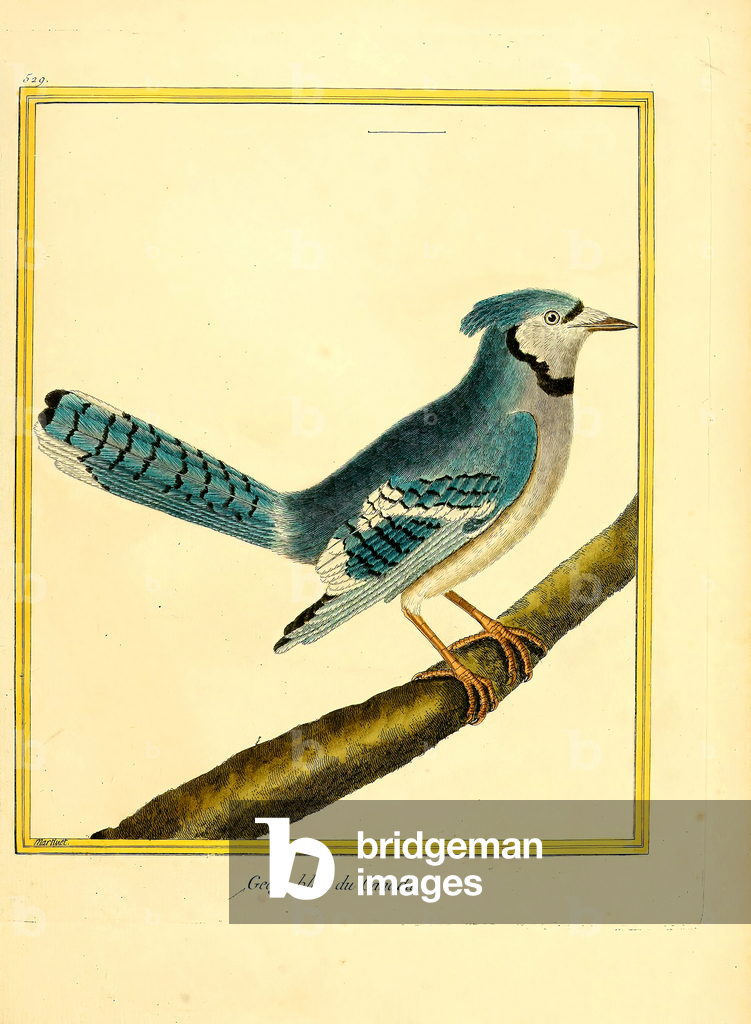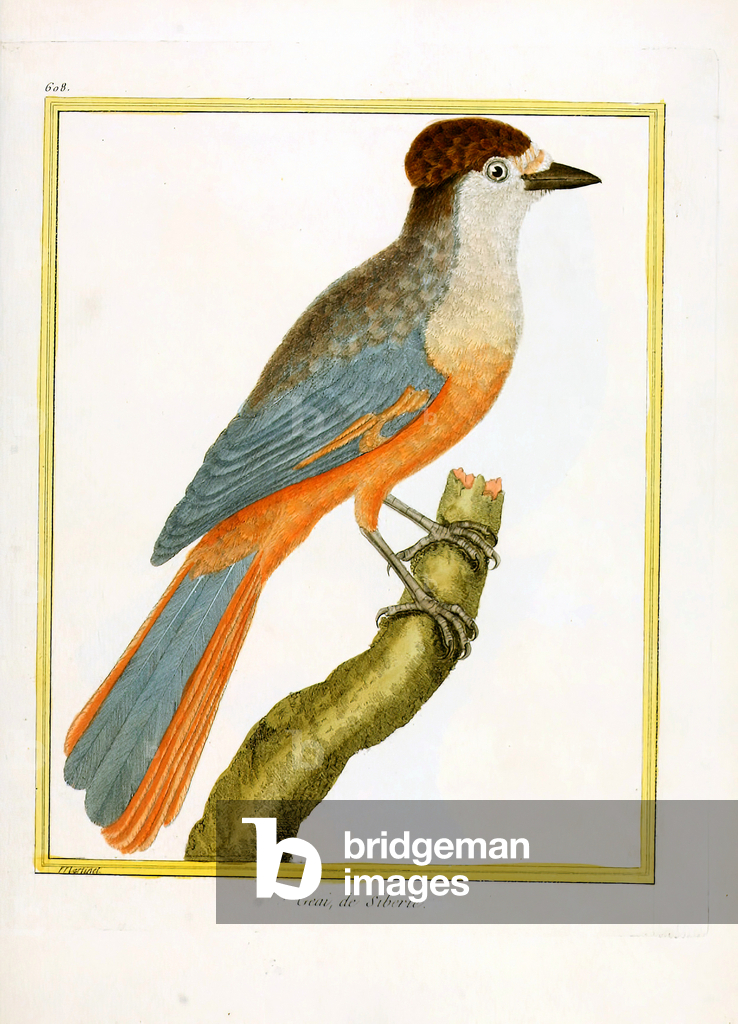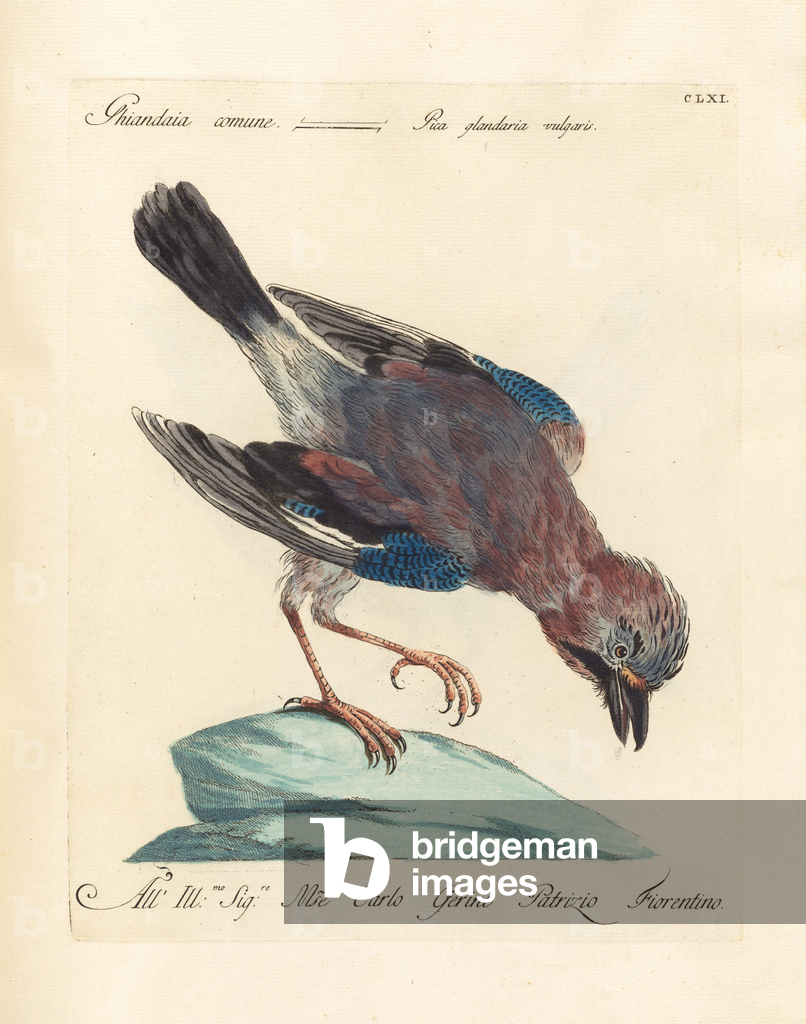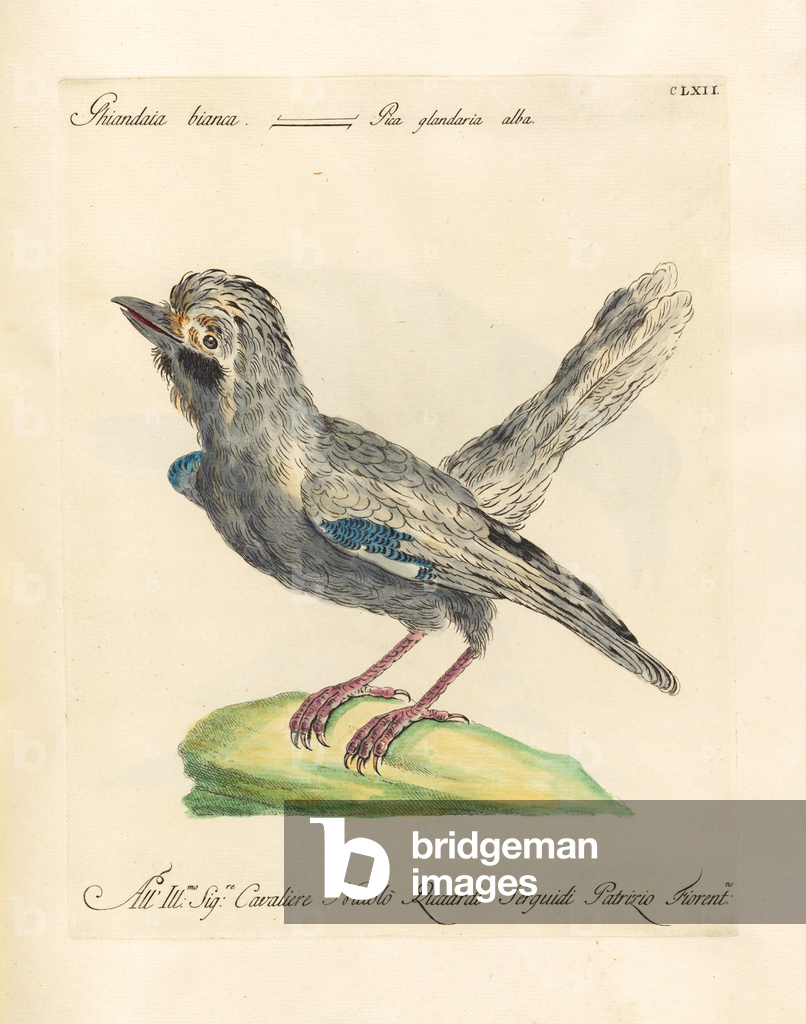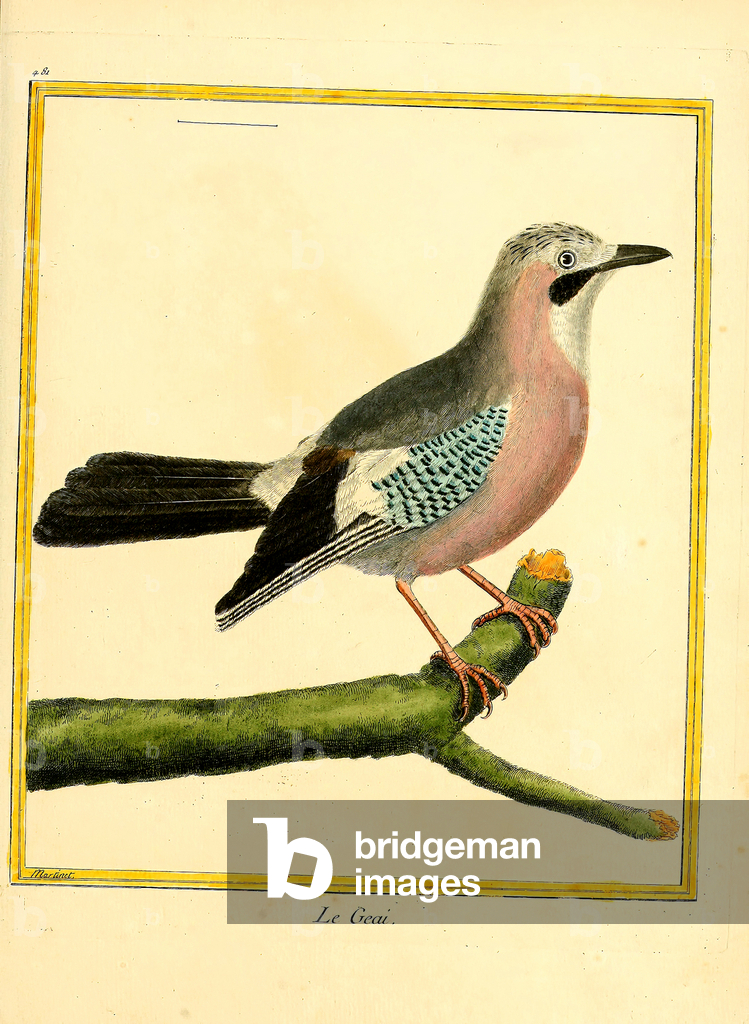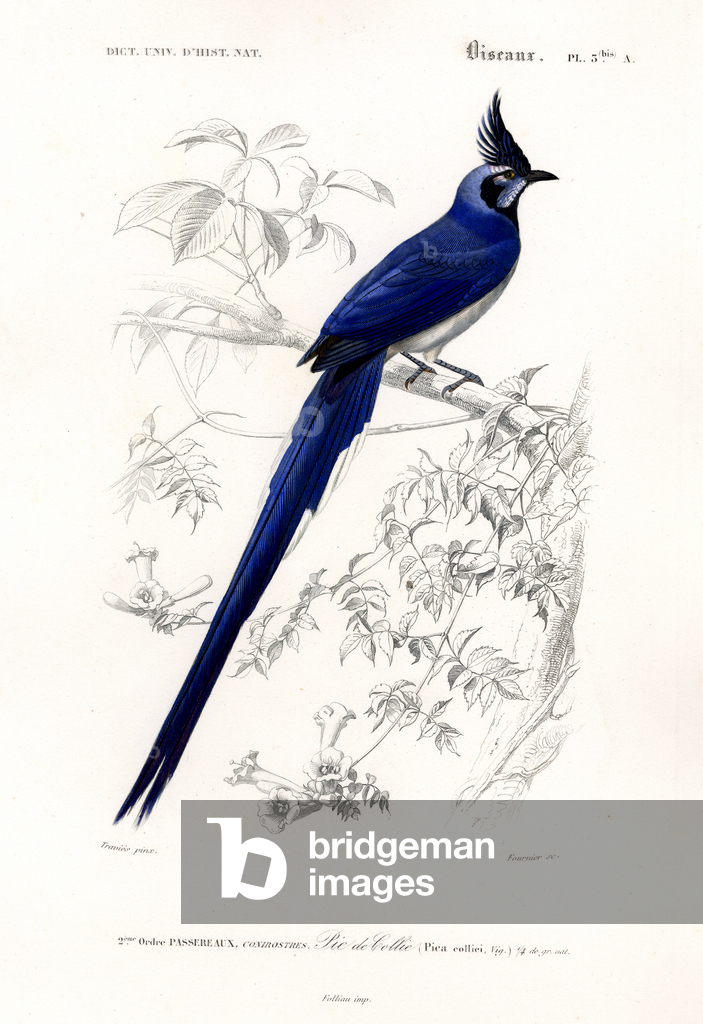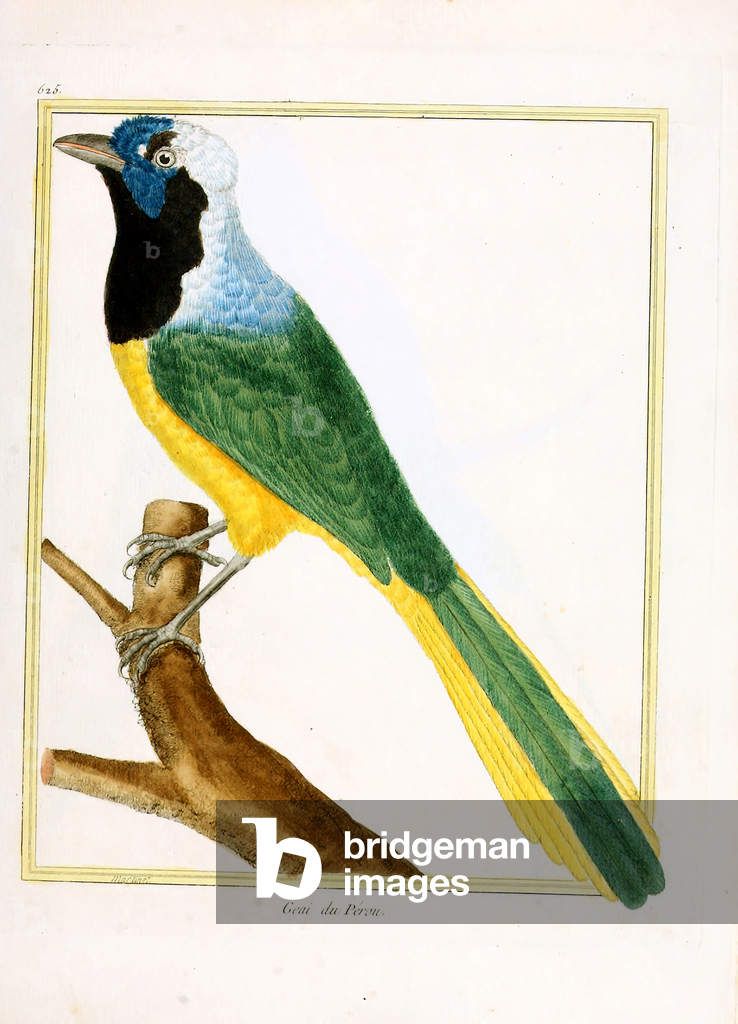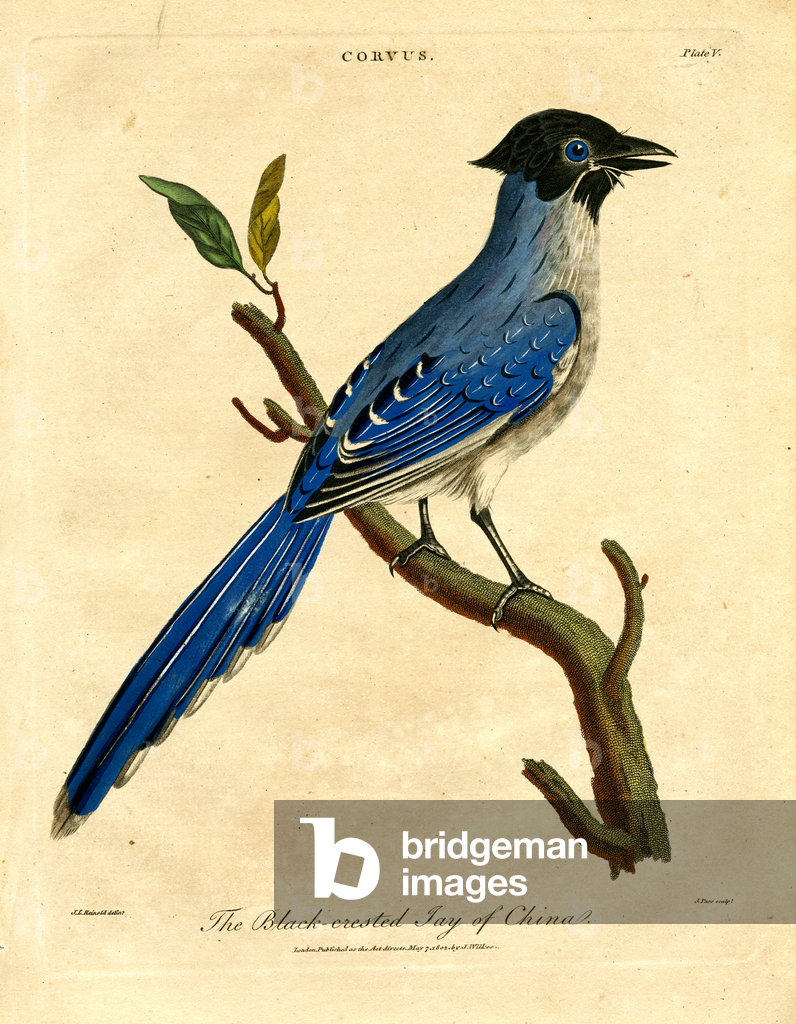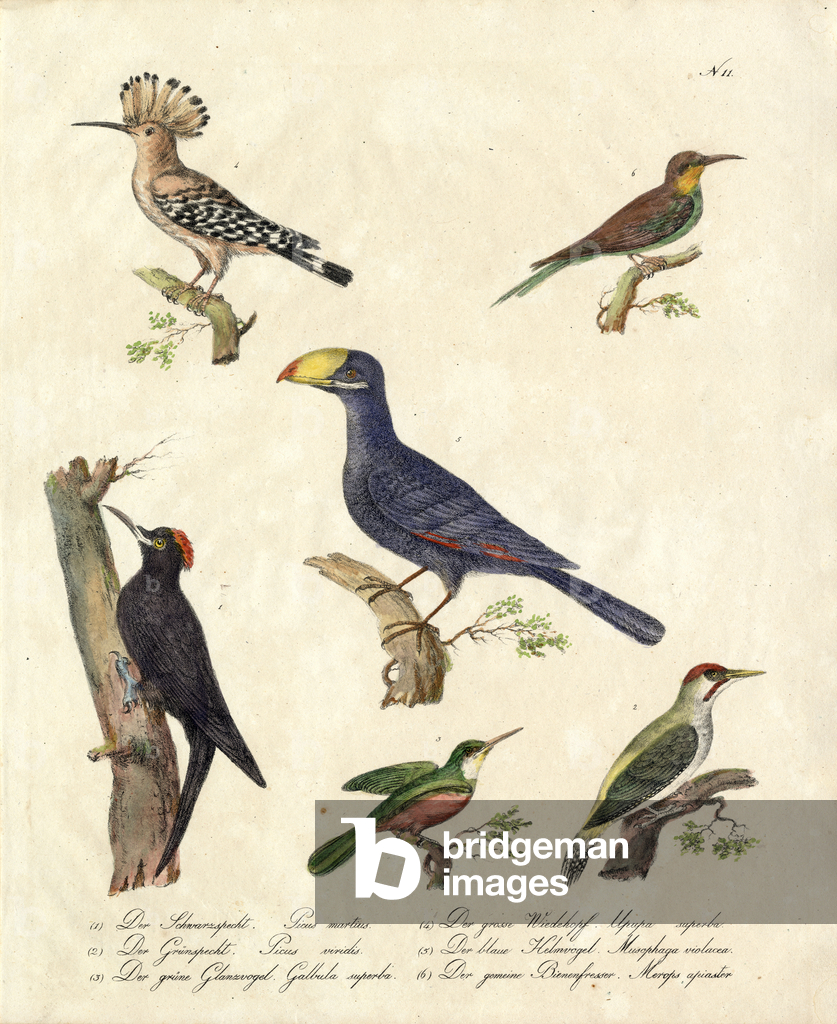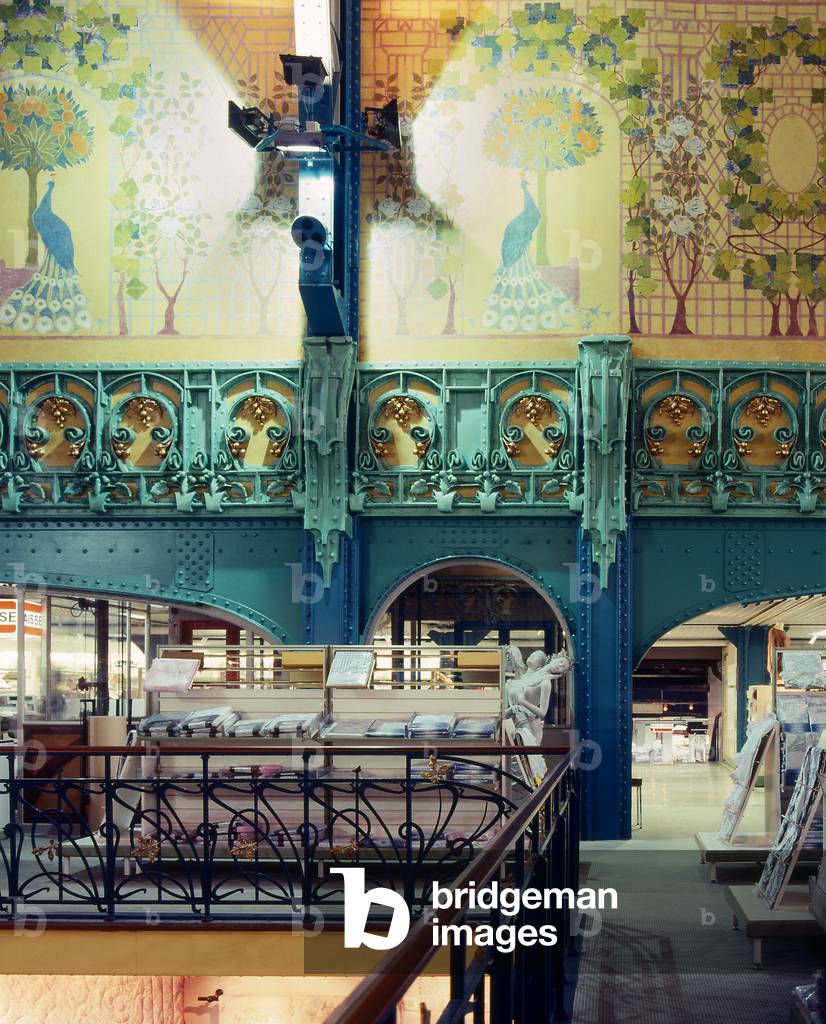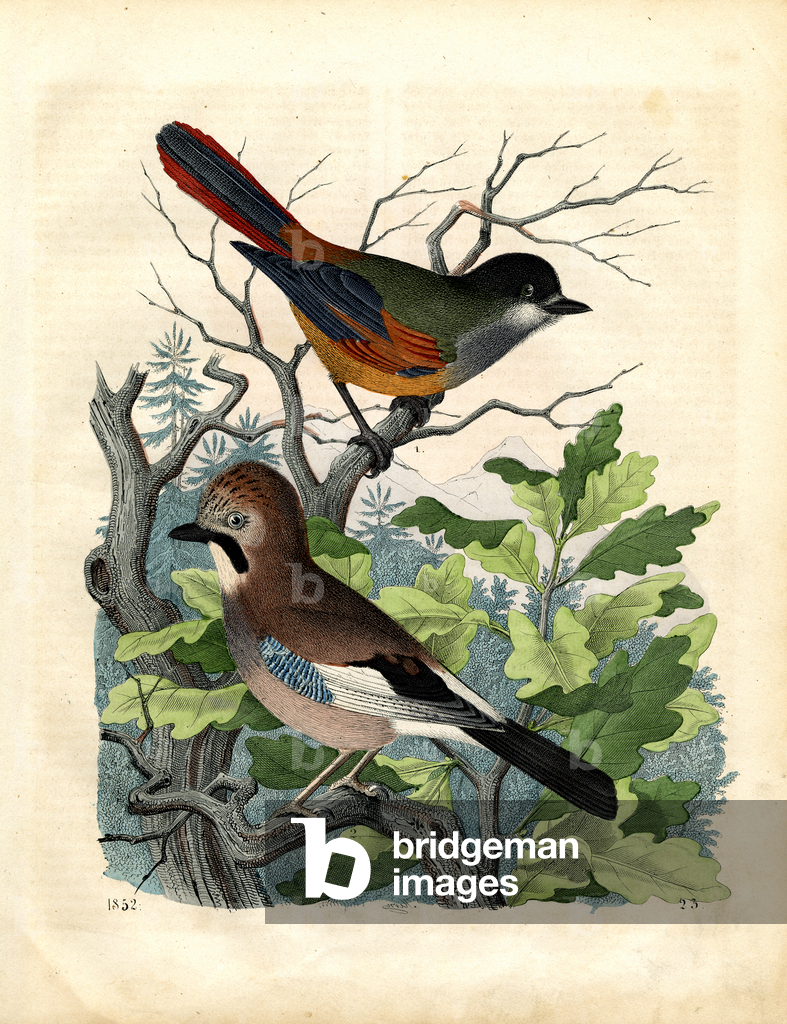
PRX11868647
The Eurasian Jay (Garrulus glandarius) with its pinkish-brown plumage, blue wing patches, and black beak perches on a branch amidst oak leaves. Above it sits the Common Redstart (Phoenicurus phoenicurus) with its characteristic rusty-red tail, greenish back, and gray head. Both bird species are widespread in European forests and gardens, with the jay being an omnivore that particularly collects and disperses acorns, while the redstart is known as an insectivore and migratory bird.. From Das Buch der Welt, ein Inbegriff des Wissenswürdigsten und Unterhaltendsten aus den Gebieten der Naturgeschichte, Naturlehre, Länder- und Völkerkunde, Weltgeschichte, Götterlehre etc. Mit vielen colorirten und schwarzen Abbildungen. Published by Julius Hoffmann, Hoffmannsche Verlags-Buchhandlung, Stuttgart, 1842 - 1868.. [Eurasian Jay, Garrulus glandarius, Common Redstart, Phoenicurus phoenicurus, corvids, Corvidae, flycatchers, Muscicapidae, woodland birds, European bird species, oak forest, migratory bird, resident bird, ornithology, natural history, zoology, hand-coloured copperplate engraving]
DC


